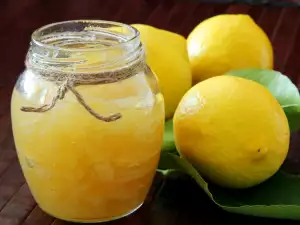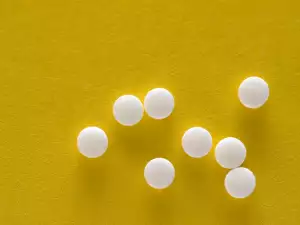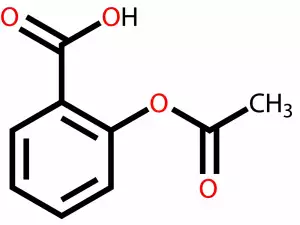Citric acid is tartaric acid for culinary purposes. It is a white crystalline powder with a very sour taste, resembling that of lemon concentrate. Today citric acid is produced synthetically, but previously the acidic substance was obtained from the distillation of waste wine.
In fact, citric acid is an incorrect and misleading name in the supply chain of tartaric acid. It is widely used as a spice in cooking.
Citric acid comes in small packages, which misleadingly get branded with large letters as citric acid. This commercial is a clever trick nestled in sales of citric acid since before 1989 and was reserved until today. In most cases, the proposed product is synthetically derived tartaric acid, but they call it citric acid instead.
By definition, citric acid, also known as tartaric acid, is a white crystalline organic acid. It can be found naturally in many plants, mainly in grapes and tamarind. It is one of the main acids in wine and culinary uses, utilized as an additive to various other foods to give them a sour taste. Citric acid is used as an antioxidant.
Tartaric acid is called that because its salts are called tartrates. They are dydroxic derivatives of dicarboxylic acid. Except in the dictionary, the meaning of citric acid can be found in some popular Dream books. According to one of them, if you dream citric acid, it means that you will have wasted time, missed opportunities and have unrealized luck.
History of citric acid
The history of this acid can be traced back all the way to 800, when it was initially designated potassium tartrate. In ancient times, it was known as tartar.
For citric acid’s precursor of today, we should be grateful to the Persian alchemist Jabir ibn Hayani who has contributed much to many basic chemical processes that are applicable today.
In fact, the modern process of extraction of tartaric acid / citric acid was discovered in 1769 by Swedish chemist Carl Wilhelm Scheele.
In 1832, Jean-Baptiste finds optical isomers of tartaric acid. Scientists have observed their ability to rotate the plane of polarized light.
These studies were followed by Louis Pasteur, who worked on the synthesis in 1847, when Pasteur examined the form of crystals of tartaric acid and found that they are asymmetrical. Pasteur is the scientist who first made a sample of pure L (+)-tartaric acid.

Culinary use of citric acid
Citric acid is used as a solution. To do this, take one teaspoon from the substance and dissolve it in 3 tsp hot water. The resulting juice is very similar to lemon juice and is often used as a substitute. The juice of one lemon is equal to approximately 5 g acid crystals, or two small teaspoons of it.
Citric acid solutions can be added to any dish or sauce, you want to give a lemony, slightly acidic flavor. Even the ever popular mayonnaise can be prepared at home with the addition of a pinch or two of citric acid.
Tartaric acid is also used as a kind of preservative to make jams and marmalades. Usually, it’s added to the already finished, cooked sweet substance 1-2 minutes before you remove it from the heat and pour it into jars.
Citric acid, has found various other applications beyond cooking. It is used as a solution for cleaning households and contaminated surfaces.
Benefits of citric acid
It is believed that using citric acid can banish headaches. To do this, put some citric acid on top of a spoon and dissolve in a little water. Drink the reconstituted solution.
Citric acid enters beautification as a tool too. If you have dyed your hair, but want to bring back its original color, what you need to do is to wash your hair several times during the week with citric acid.
Tartaric acid, like vinegar, may be used to restore the freshness of vegetables and fruits. Many traders in the markets apply this trick, to be able to sell their products. In a container with a capacity of 25 liters, they usually dissolve citric acid and wilted vegetables are dipped into the solution for 15-20 minutes.
Citric acid and vinegar, have the ability to neutralize the nitrates in fruits and vegetables. It is advisable to eat vegetables with lemon, because the content of vitamin C prevents the conversion of nutrients to nitrites and the formation of nitrosamines. Usually, under the influence of higher temperatures, nutrients are converted into nitrites, the last of which are very dangerous and harmful to our health.




















Comments